Pulmonology Edema: Excess fluid in the air spaces and parenchyma of the lungs
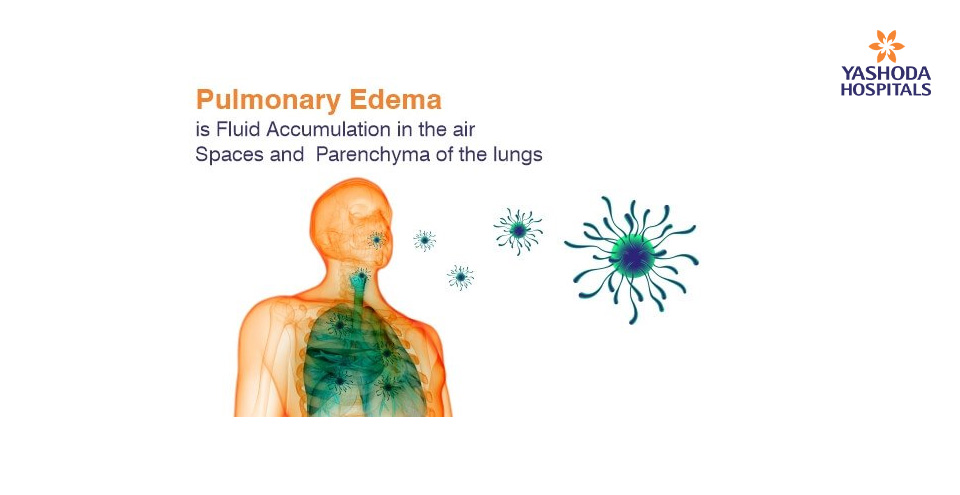
Pulmonology edema is the presence of more-than-normal fluid in the lungs. Patients with pulmonary edema have difficulty with breathing. Pulmonology edema may be due to heart problems, pneumonia, exposure to toxins and medications, trauma and exercise beyond limits.
People who live at heights/maximum elevations may also experience this problem. Pulmonology edema is a medical emergency that needs immediate attention of a specialist doctor. The treatment for pulmonary edema includes providing for supplemental oxygen supply, and continuous medication.
SYMPTOMS
Pulmonology edema is marked by shortness of breath and suffocation. Shortness of breath is maximum when lying down. It is also marked by chest pain, if caused by heart disease, and irregular heartbeat (palpitations). The patient of pulmonary edema is very anxious, restless and has an overwhelming sense of apprehension. The patient coughs out frothy sputum that may be tinged with blood.
Early diagnosis and treatment will help the patient to overcome the complications of the condition. However, in the long-term, if neglected may lead to complete deterioration of health of the pulmonary edema patient. It is always better to see the doctor, when there are symptoms of shortness of breath, suffocation (dyspnea), profuse sweating, drop in blood pressure, and weakness.
CAUSES
Pulmonology Edema is caused by heart-related and non-heart related conditions. Under heart related conditions, pulmonary edema may occur due to coronary artery disease, cardiomyopathy, heart valve problems and high blood pressure (hypertension). Non-heart related pulmonary edema occurs due to acute respiratory distress syndrome (ARDS), high altitudes, pulmonary embolism, viral infections, drug reactions, lung injuries, and exposure to toxins, and smoke inhalation.
RISK FACTORS & COMPLICATIONS
When pulmonary edema is neglected, there is pressure on the heart. The right ventricle, which has a much thinner wall/muscle may become weak and fail. Increased pressure on the heart in-turn builds pressure on various parts of the body. It may result in abdominal swelling, swollen membranes surrounding the lungs, and swelling of the liver.
TESTS AND DIAGNOSIS
At the outset, the doctor conducts a physical examination, followed by electrocardiogram (ECG) and chest X-ray. In addition to this, pulse oximetry test and blood tests are advised to determine the level of oxygen in the blood. Two kinds of catheterizations are done to know about the condition of the heart and blood vessels. These help the doctor to record the pressure in the lung capillaries as well as the blood vessels of the heart.
TREATMENT AND DRUGS
Primary treatment for pulmonary edema includes oxygen supply and medications. Oxygen is provided to the patient by way of face mask or nasal cannula. A mechanical ventilator may be needful in extreme cases. In addition to medications, patients of pulmonary edema living in the higher altitudes are advised to reduce their physical activity and keep warm, as physical activity and cold can make their condition worse.






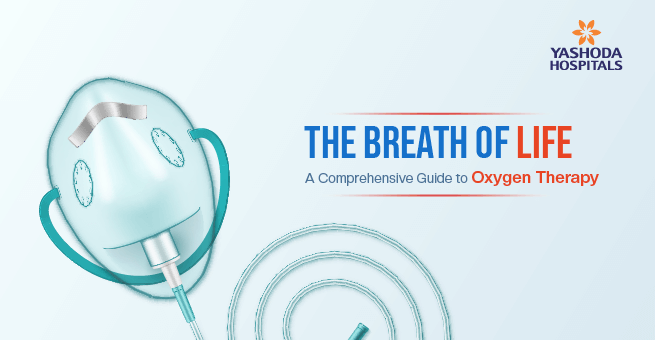



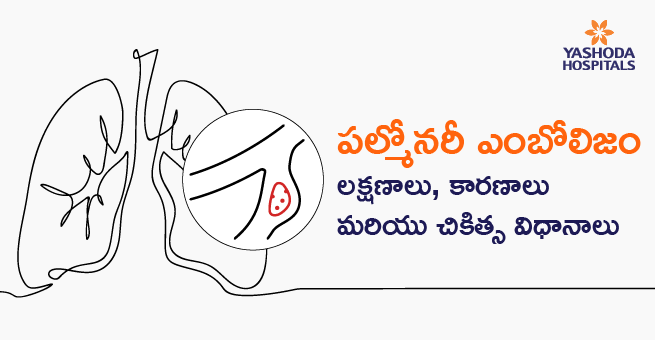
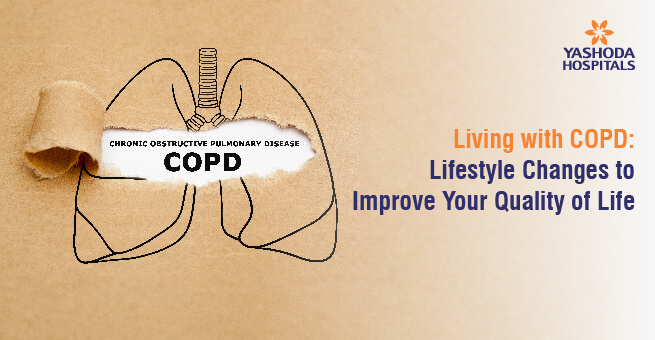
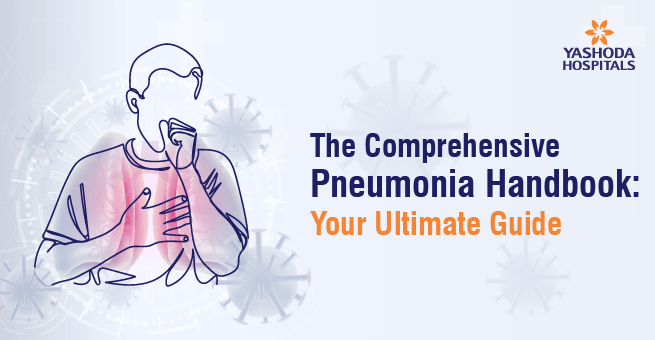
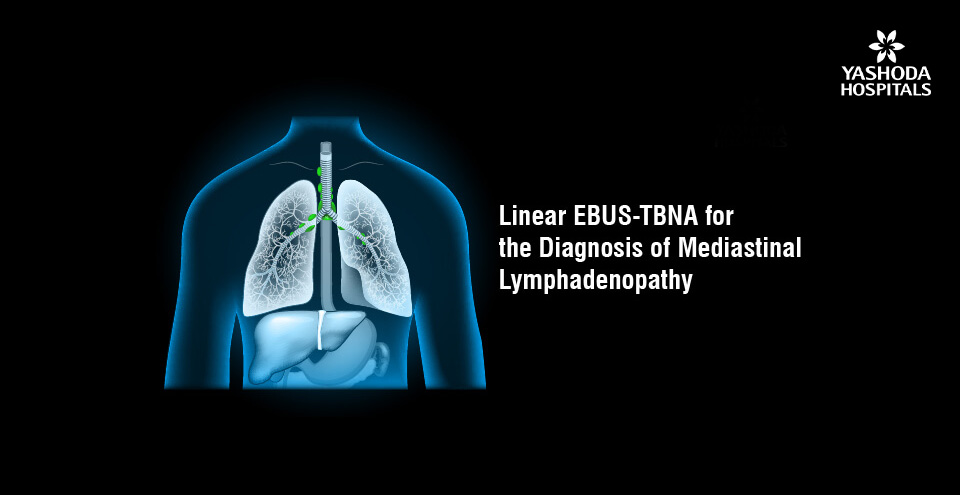

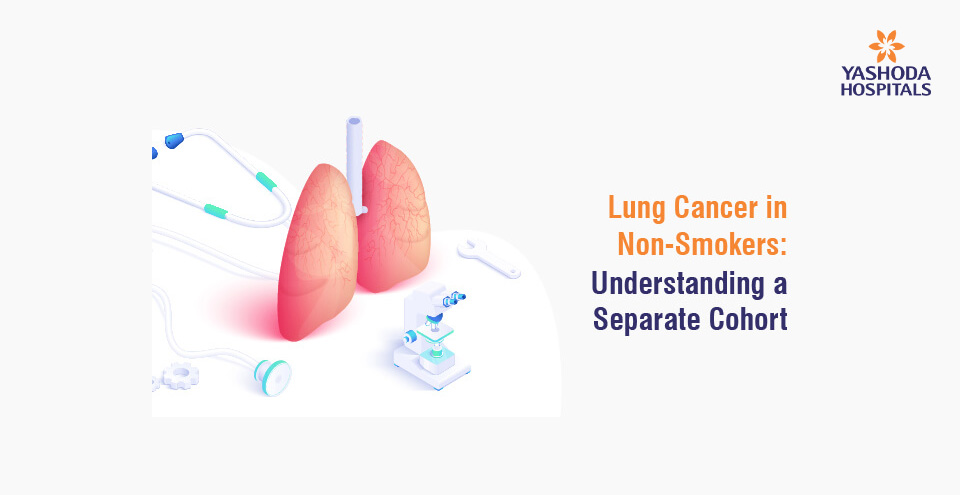





 Appointment
Appointment WhatsApp
WhatsApp Call
Call More
More